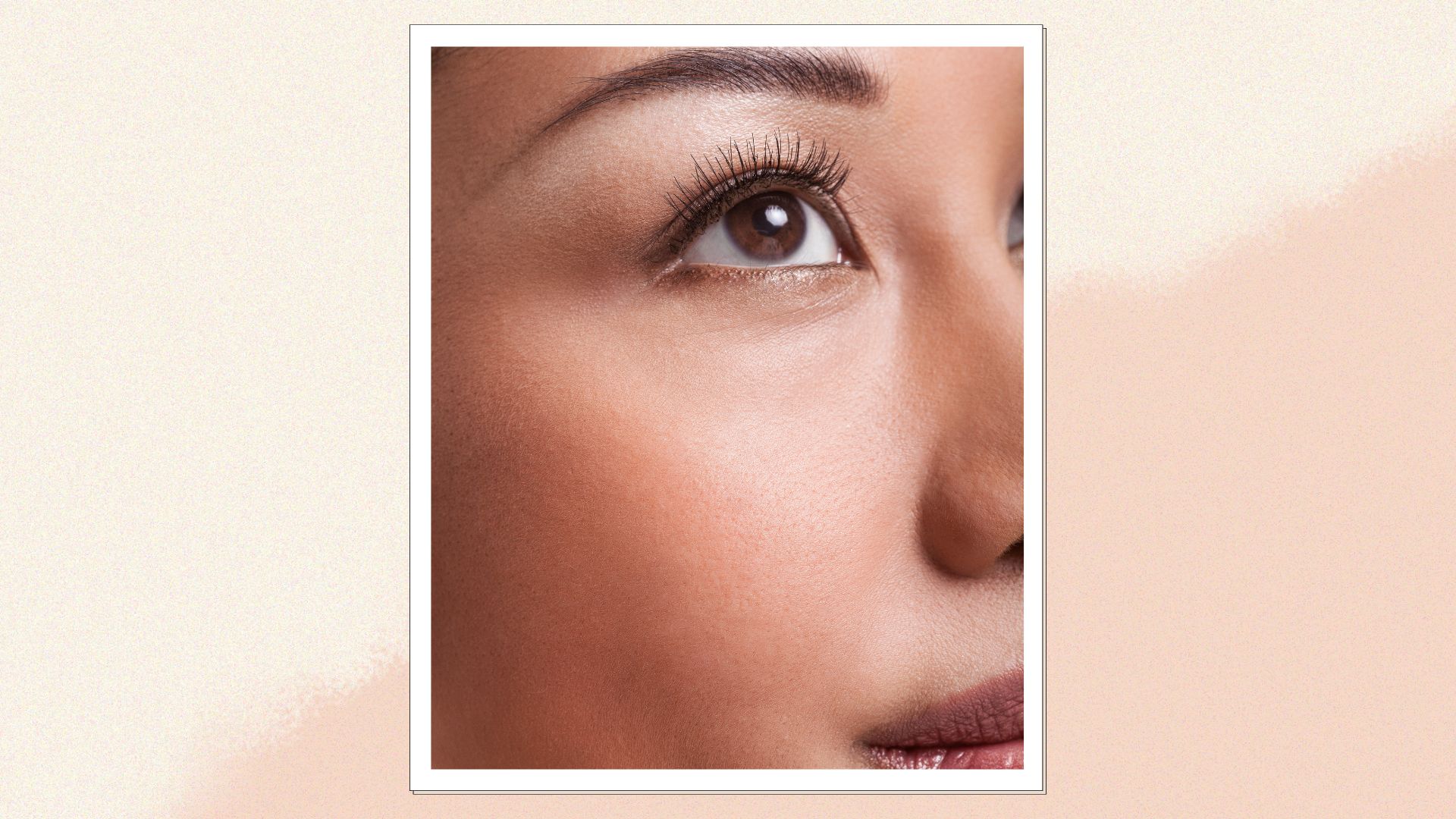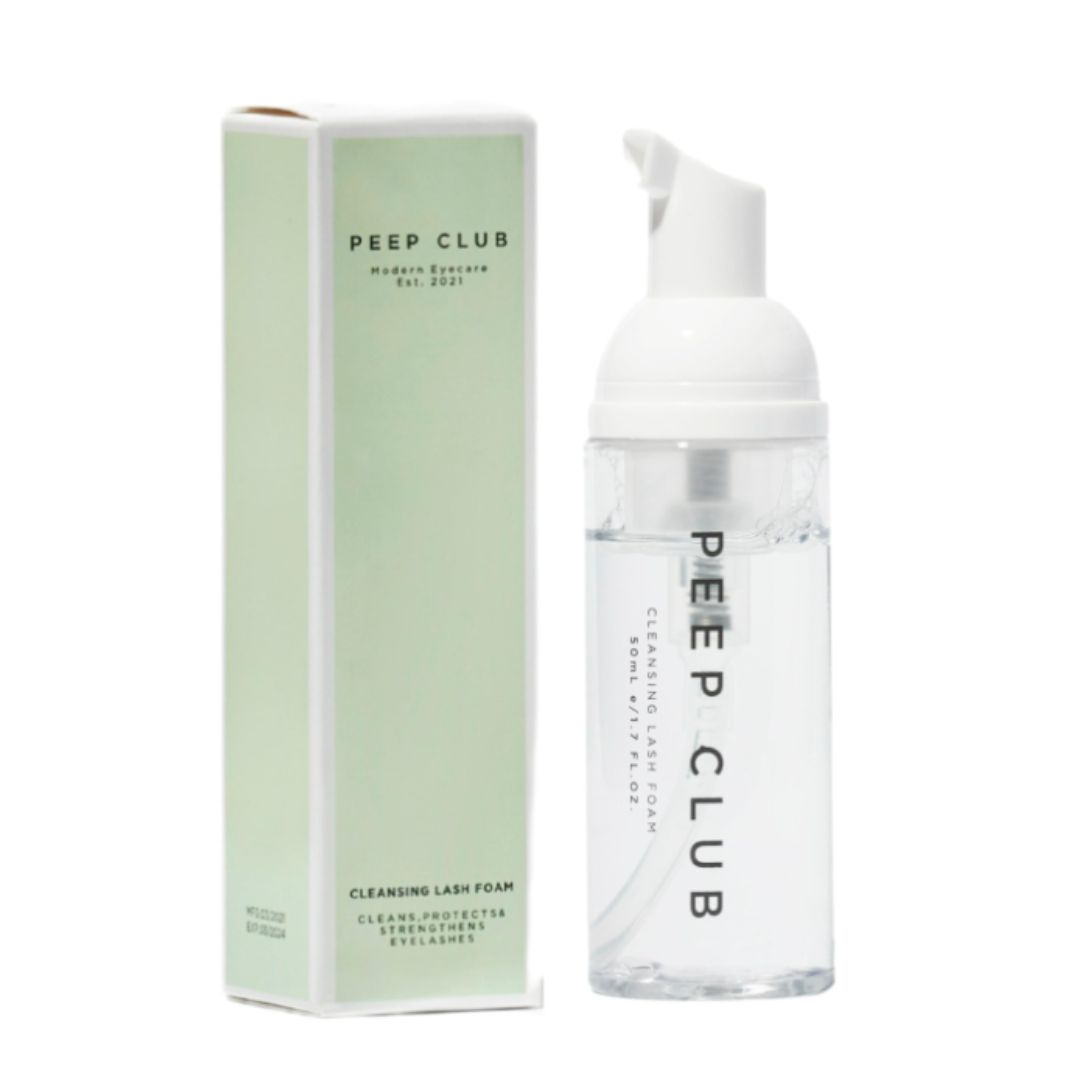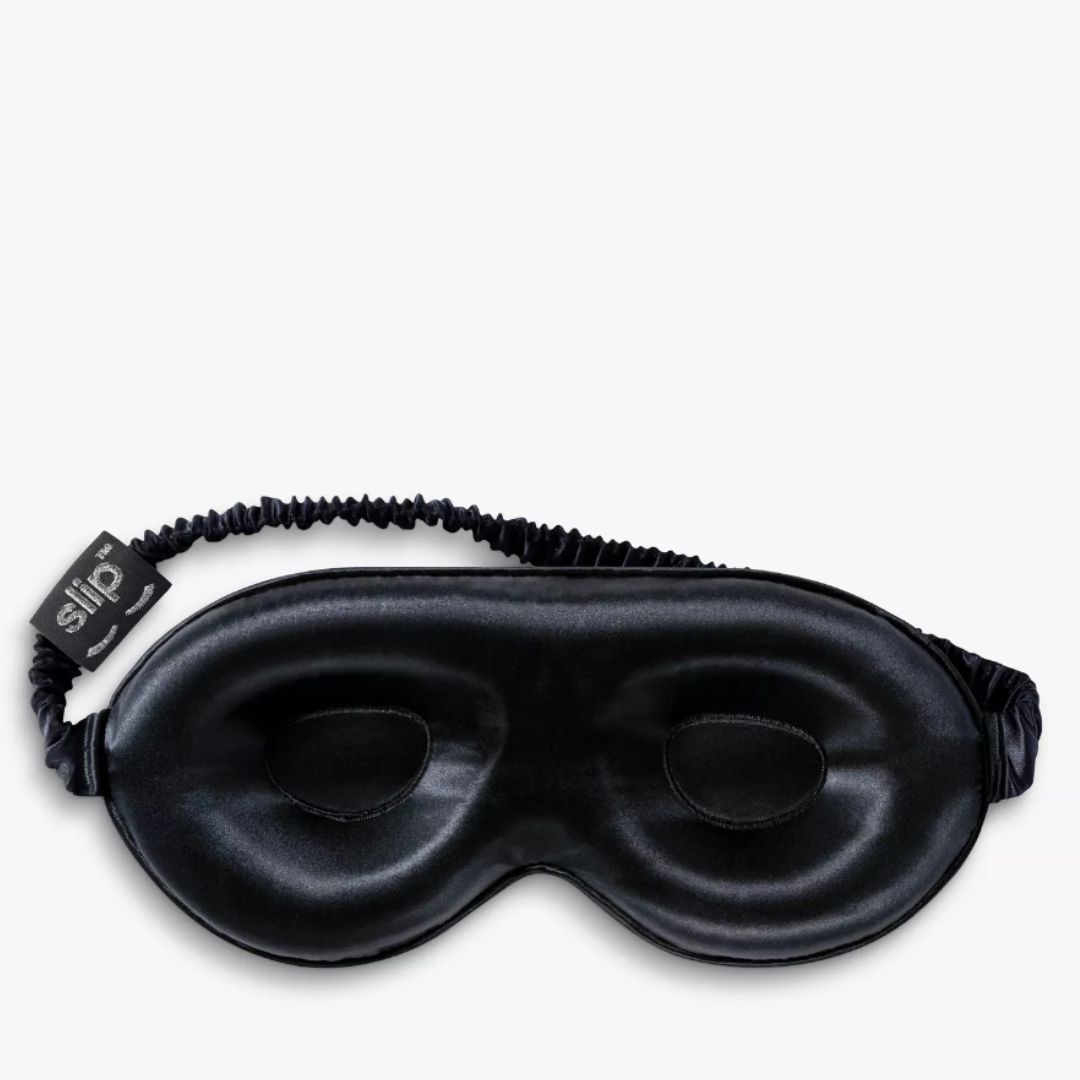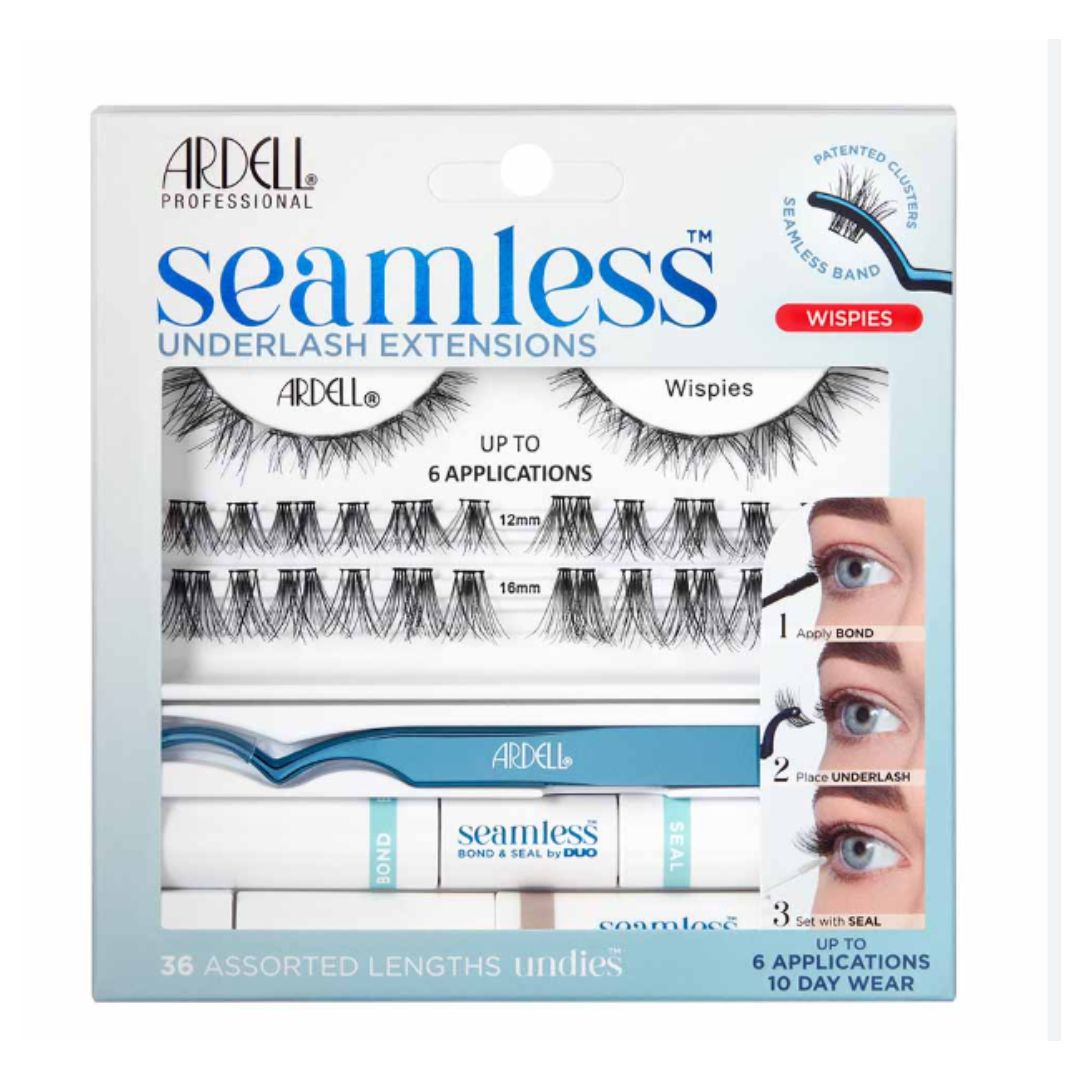What to know before having eyelash extensions, by a lash addict beauty editor
Eyelash extensions are amazing, but they aren't for everyone - these are the crucial considerations to make before you book


I love makeup – new contouring techniques, ombré lips, or simply perfecting my base. I could play all day. And considering my job as a beauty editor, this is a good thing. However, I do have one irk: finding a mascara that lasts. I’ve tried them all and some are incredible at boosting length and volume, but by mid-afternoon, there’s always smudging.
When I got married in Ibiza the thought of wearing even the best mascara in the sweltering heat and ensuing panda eyes was not my wish for the wedding photos. But a friend introduced me to Edy London, the celebrity eyelash technician with the Midas touch. Fluttery, lengthened, never heavy or false-looking lashes followed – a look that no mascara had ever given me. I was addicted.
“Unlike mascara, lash extensions don’t smudge, flake, or run, meaning they look perfect all day, during workouts, hot weather, and even swimming,” explains Karen Betts, leading permanent make-up artist, founder of HD Brows and Nouveau Lashes. Needless to say, lash extensions made it to the wedding and beyond. However, they are a high-maintenance habit, so here’s what to consider before getting them.
The 9 things to know about lash extensions before getting them, according to experts
1. You'll need to plan ahead
A patch test should be carried out at least 24–48 hours before your lash treatment. This allows your technician to check if you’re allergic to any adhesive or products used during your treatment. You’ll also have a consultation to help you decide which material, length and curl type you’d prefer, plus how many lashes should be applied. When deciding which type of lash extension is best for your eyes, your artist will work with you to create a customisable look to suit you.
2. They aren't a one-size-fits-all situation
Edy’s experience as a makeup artist means she reviews your eye shape to ensure that the lashes play up your natural eyes, rather than making them appear too weighty or droopy – an unwelcome side effect of lesser skilled and over-eager lash technicians. “Eyelashes should enhance your natural eye shape and correct anything that bothers you," she explains. "For example, I have hooded eyes, so a curl is needed to open up my eye. Lashes should be bespoke for each client.”
Types of material:
- Synthetic mink: These create a matte finish and match your natural eyelash texture.
- Silk: These are slightly more glossy but also appear very natural.
- Natural mink: These look natural but because they are real hair, but they will easily drop any curl.
Types of technique:
Sign up for the woman&home newsletter
Sign up to our free daily email for the latest royal and entertainment news, interesting opinion, expert advice on styling and beauty trends, and no-nonsense guides to the health and wellness questions you want answered.
- Classic: This requires a one-lash-by-one-lash application. “This technique was invented for women who wanted to make their lashes appear longer and [curlier] – like a better version of their natural lashes,” says Edy.
- Volume: "This technique requires adding multiple lashes onto one lash, sometimes called ‘cluster lashes’. Edy prefers not to practice this technique because “it can be very damaging to the hair follicle – adding a lot of length plus multiple lashes onto one lash, in my opinion, is way too heavy.”
- Hybrid: "This is a mix of both classic and volume, usually different lengths to offer both length and volume."
- Russian volume: "This is similar to volume lashes originating from Russia and it entails creating hand-made fans of ultra-fine extensions."
- 'Wispy' effect: "Lashes are applied unevenly with some longer and some shorter to mimic a natural lash pattern with texture and dimension,” explains Karen. “This gives a romantic and fluttery look to the lashes."
3. It's not an in-and-out appointment
Unlike the best false eyelashes, where the strip or individual lashes are applied to the skin, lash extensions are applied one by one to your natural lashes. Most people have between 90 and 160 lashes on their upper eyelids, so your appointment can take 1.5 to 3 hours.
First, your natural lashes are thoroughly cleaned to remove oils and makeup residue. “This step is crucial for ensuring that the adhesive bonds properly,” says Karen. Then, eye pads or tape are applied under your eyes to hold down the lower lashes and protect your skin during the process. Reconsider that coffee pre-treatment because you need to lie very still, and wear cosy clothing - you’ll be in the same position with your eyes closed for a while, so comfort is key. I always arrive with Airpods and a good podcast to help pass the time.
4. They don't just come in black
Different shades can help the lashes look more natural, or give eyes a unique twist and pop of colour – they can also enhance and complement specific eye colours. “For blondes, I tend to go for dark brown,” explains Edy, “and for dark hair and olive skin, black lashes are most popular, but I like to add some cranberry or burgundy to bring out the beautiful complexion of the skin.”
5. Like your hair, lashes need to be brushed
Your lashes can look a bit wild when you wake up or after taking a shower. Your technician should give you a spoolie after your treatment so that you can gently brush your lashes daily. Twirl the spoolie on the top side of your lashes – the opposite of how you’d usually apply mascara.
“Most could benefit from incorporating a good lash and lid cleanser into our daily routine, too,” says optometrist and Peep Club co-founder, Nicola Alexander-Cross, “Even just to take care of modern stressors and irritators like pollution, dust and pollen.” Or try using an LED mask which has been shown to tackle bacteria and is safe for lash extensions,” Nicola recommends.

RRP: £20
Particularly gentle and designed with lash extensions in mind, this oil-free cleanser will keep extensions bacteria-free and looking fresh.
6. You'll have to learn to sleep on your back
I used to be a pillow nuzzler before having lash extensions. Now I try to sleep lying on my back to avoid any friction that can misshape or rub my lashes, causing premature shedding. I also suggest investing in a 3D eye mask with a contour dome shape. This leaves enough space to ensure your extensions do not flatten when sleeping.

RRP: £55
This update on the much-loved silk sleep mask has domed eye area so you can keep your eyelash extensions neat and beautiful while you snooze.
7. They are addictive...
...So be prepared to be in it for the long run. You will need to be committed to regular infills every 2-3 weeks because shedding will create noticeable gaps, they will tangle easily, and fans will close up making them appear clumpy. “Lash extensions can be expensive, with initial application costs ranging from £50 to £150 or more, depending on the type of extension, and salon,” explains Karen. 'If a price looks too good to be true when it comes to lash extensions it often is,” says Edy.
8. There are alternatives
Ardell has launched an at-home Seamless Underlash Extensions Kit, which incredibly gives up to 10 days of wear. Mine lasted just over a week (but remember my pillow nuzzling problem). They won’t replace extensions for good, but boy, they give them a run for their money.

RRP: £25
Unlike regular falsies, these are applied underneath your natural lashes, and come in four different lengths so you can play with the finish.
9. You'll need to rethink your skincare routine
The general rule of thumb is to avoid anything too oily. That includes oily sunblocks, and eye creams containing oils. “Oils deplete your lash extensions and you want them to last,” says Edy. Be careful how you apply makeup, too. Even something as innocent-seeming as an emollient eye pencil or concealer can break down eyelash glue. Ditch your mascara and avoid using heavy eyeliner as removing it can tug at the lashes, causing further fallout. Take eye makeup off using micellar water with a cotton bud (not a pad, as the fibres will cling to your lashes).
Charley Williams-Howitt has over 20 years of experience working in the beauty industry. As well as previously writing for lifestyle titles, such as woman&home, Woman and Woman's Weekly, Charley has worked for British institutions like Marks and Spencer, John Lewis, and Superdrug creating visual and editorial content cross-platform. Starting her career in the fashion cupboard at Cosmopolitan magazine, she eventually escaped the piles of clothes to discover a world of makeup, moisturizers, and models.
-
 My confidence 'soared' after I tried the 3-2-1 workout method - here's how it revolutionised my routine
My confidence 'soared' after I tried the 3-2-1 workout method - here's how it revolutionised my routineFor the past two weeks, I have been doing the 3-2-1 workout method to boost my fitness, flexibility, and strength
By Susan Griffin
-
 Princess Eugenie gives knitwear a spring makeover with short sleeved jumper and satin skirt at poignant London visit
Princess Eugenie gives knitwear a spring makeover with short sleeved jumper and satin skirt at poignant London visitPrincess Eugenie isn’t a working member of the Royal Family, but she’s a dedicated Patron of several vital charities and organisations.
By Emma Shacklock